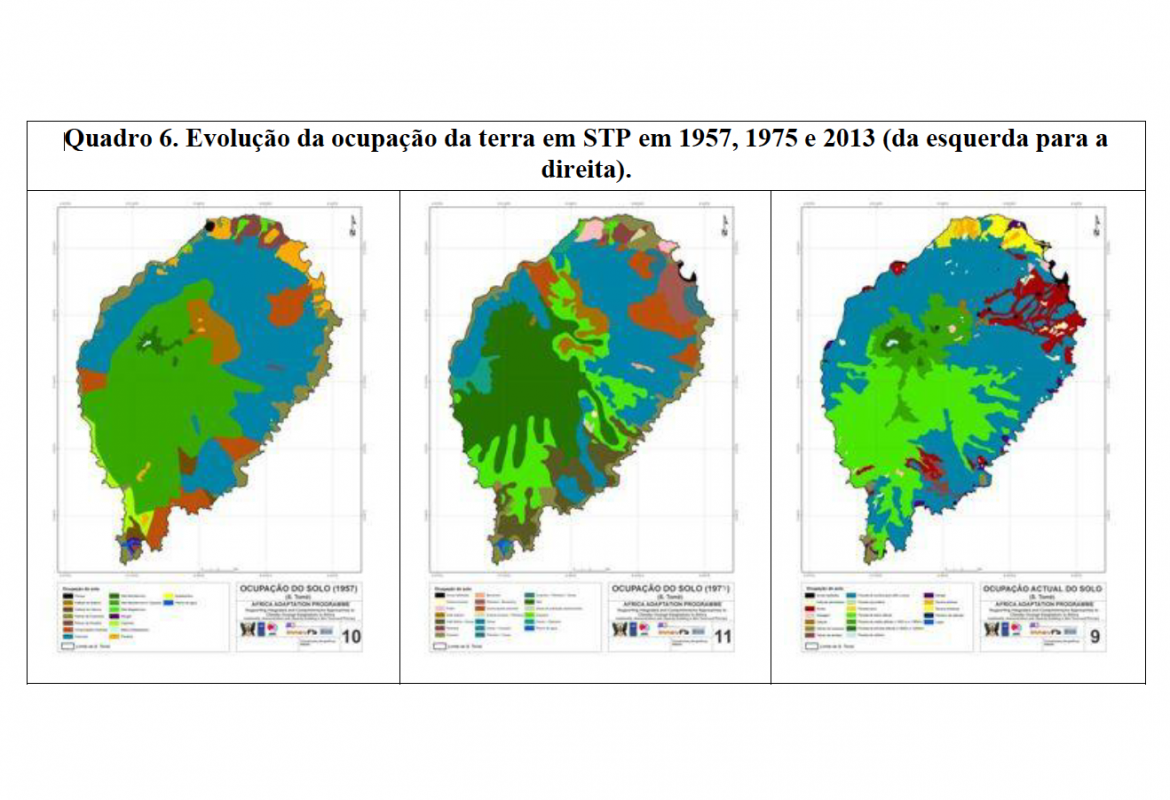The aim of the project is to introduce an integrated energy and ecosystem-based perspective for the grid/isolated grid based on mini/small hydropower production in Sao Tome and mobilizing $20.7 million from the multilateral and private financial sector during its five-year implementation period. This in turn is expected to generate overall direct benefits of 137,200 tonnes of CO2 over the same period and 36,850 tonnes of CO2/year thereafter in avoided greenhouse gas (GHG) emissions. When looking at the 25 years of life of the hydroelectric power stations defined for development during the 5-year project period, the power station could have generated 365,000 MWh, with a combined reduced CO2 amount of 874,200 (737,000 + 137,200) tons, including the CO2 reduction related to sustainable land and forest management, i.e. equivalent to $6 GEF funds per tCO2. The project will achieve this goal by introducing a regulatory framework and establishing a financial support mechanism that together will facilitate private sector participation by increasing the share of hydroelectric power generation in the country.
In addition, to ensure the availability of water resources for electricity generation (and irrigation for job creation), the project will implement an integrated river basin management perspective. This aims at integrated management of natural resources with the improvement of community livelihoods in a sustainable way and within the environment. The project will introduce innovative participatory methods of natural resource management, agro-conservation and agro-ecology. This will be achieved through land use planning at the level of water resources and implementation of community forests above 6,000 ha, sustainable agricultural land management practices above 10,000 ha, and income generation activities (such as mushrooms, medicinal plants, ecotourism, etc.) for rural communities. This environmentally based perspective will be underpinned by a financial mechanism between private hydroelectric producers and integrated communities, based on the maintenance of environmental services (regulation of water supply).
| Attachment | Size |
|---|---|
| PRODOC PROJETO ENERGIA _0.pdf (1.89 MB) | 1.89 MB |


